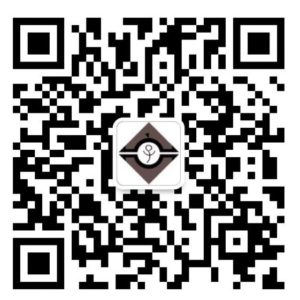Medical and Health Translation
Translate your medical documents
In an industry where a mistranslation can have mortal consequences, it is vital that medical translation is done right.
Here at mbChinese, we go to great lengths to ensure that our medical translations are right.
This includes a rigorous research process in which we utilise our access to JSTOR and CAJ (China Academic Journals) to obtain scientific journals on the topic to be translated. It also includes using only the most authoritative language resources available.
We are also mindful of your translations audience.
We understand that while terms like ‘hepatocellular carcinoma’ will work in a academic context, simplifying the medical jargon to terms like ‘liver cancer’ which an average person can understand is very important in certain circumstances.
So, regardless of whether you are looking to translate a medical journal article, pharmaceutical research, insurance policies or medical brochures, rest assured that we will approach your translation with the care and attention that it deserves.
Getting medicine names right
When it comes to translating medicines, we often find that while medicine brand names such as ‘Nurofen’ commonly do not have official Chinese translations, there primary active ingredient, e.g. Ibuprofen, will always have an official translation.
This means that when translating medicines, attention needs to be placed on the ingredients, not brand names.
Here at mbChinese we want to make sure we get medicine ingredients 100% correct.
Unfortunately, it is not always easy to get access to authoritative translations that can be trusted, especially on the internet. Medical reference books are good start points, however, they go out of date quickly and do not always contain the most up to date information.
To ensure that we get our medicine names right, we have become a member of the World Health Organisation’s MedNet community. This provides us with access to the WHO’s International Nonproprietary Name programme.
International Nonproprierty Names (otherwise known as INNs) are the generic standard names of a drug or active ingredient and are used in the health sector as unique identifiers that help to avoid prescription errors.
INNs are translated by WHO into English, Chinese, French, Russian, Spanish, Arabic and Latin, and both the registration and the translation process is ongoing as pharmaceutical companies develop new drugs which then need to be translated.
By using this database we are able to ensure that we use the correct translated name for all medicines registered with WHO.
As this list is constantly being updated, we have access to translations of some of the newest medicines on the market.
Chinese medicine in translation
It is very common to find Traditional Chinese Medicine (TCM) terminology in Chinese medical texts that need to be translated into English.
This can be as simple as mentions of qi to more complex descriptions of the medical effects of TCM herbs.
Imbued with a love for Chinese culture, we take our translations of anything that is related to TCM very seriously.
Where references are made to important foundational texts such as the Huangdi Neijing or Compendium of Materia Medica, we will make sure that we read the text in its original context to better understand the meaning.
When it comes to the translation of such terms, we prefer to ‘stand on the shoulders of giants’ and make use of terminology and translations that other professionals have developed.
In particular, we make use of the work of Paul Unschuld and Nigel Wiseman. Wiseman’s PhD on the translation of Chinese medical terms is particularly helpful.
Chinese 'medicine' - Did you know?
- Arrows
- Wine
- Magic
Today’s Chinese character for medicine is a simplification of the traditional character (醫), being just the top right corner. It is made up a container (匚) and arrows (矢) and had the original meaning of quiver. Perhaps the arrows are a symbol of the needles used in acupuncture. Legend has it that acupuncture was discovered after people who were shot with arrows reported strange health benefits.
The traditional character for medicine is made up of the phonetic component (殹) which was apparently the sound that you made when you were sick, and the character for ‘wine’ (酉). Alcohol was commonly used by ancient Chinese doctors and formed the base of the first anaesthetics created by the famous physician Hua Tuo.
Some of the most ancient forms of the Chinese character for medicine are made up of the phonetic component (殹) and the character for ‘shaman’ (巫). Illnesses in ancient China were thought to be curses from the ancestral spirits that required shamans to drive them out. This association between medicine and magic has never really left China. Read Lu Xun’s Medicine to see some of the darker elements that this could entail.
